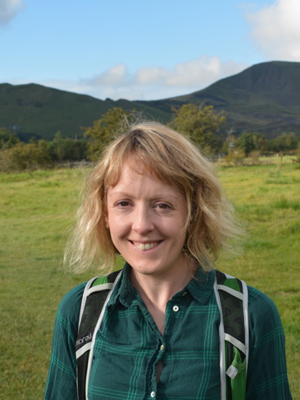Reconnect with nature and give your mental health a boost on a daily basis by taking part in Wildlife Trusts 30 Days Wild campaign for 2023. It is free and easy to take part – find out how to join in with this year's campaign and get inspiration for activities to do with our pick of 30 easy ways to connect with nature.
What is 30 Days wild?
The Wildlife Trusts’ annual nature challenge 30 Days Wild encourages people to do something wild every day for the month of June. According to the charity, a record estimated 650,000 people took part in 2020, making it the most successful year since its launch in 2015.

How to take part in 30 Days Wild
When you sign-up to 30 Days Wild you’ll receive wildlife guides, how-to guides, top technical tips from wildlife webcam experts, educational and fun resources, and more. There are also special packs available for schools, nurseries, care homes, and businesses.
The challenge begins this year on Thursday 1st June and you can download a free pack from the Wildlife Trusts.
Share your wild moment on social media using the hashtag #30DaysWild.
How to reconnect with nature– 30 wild ideas for 30 Days Wild
Go birdwatching
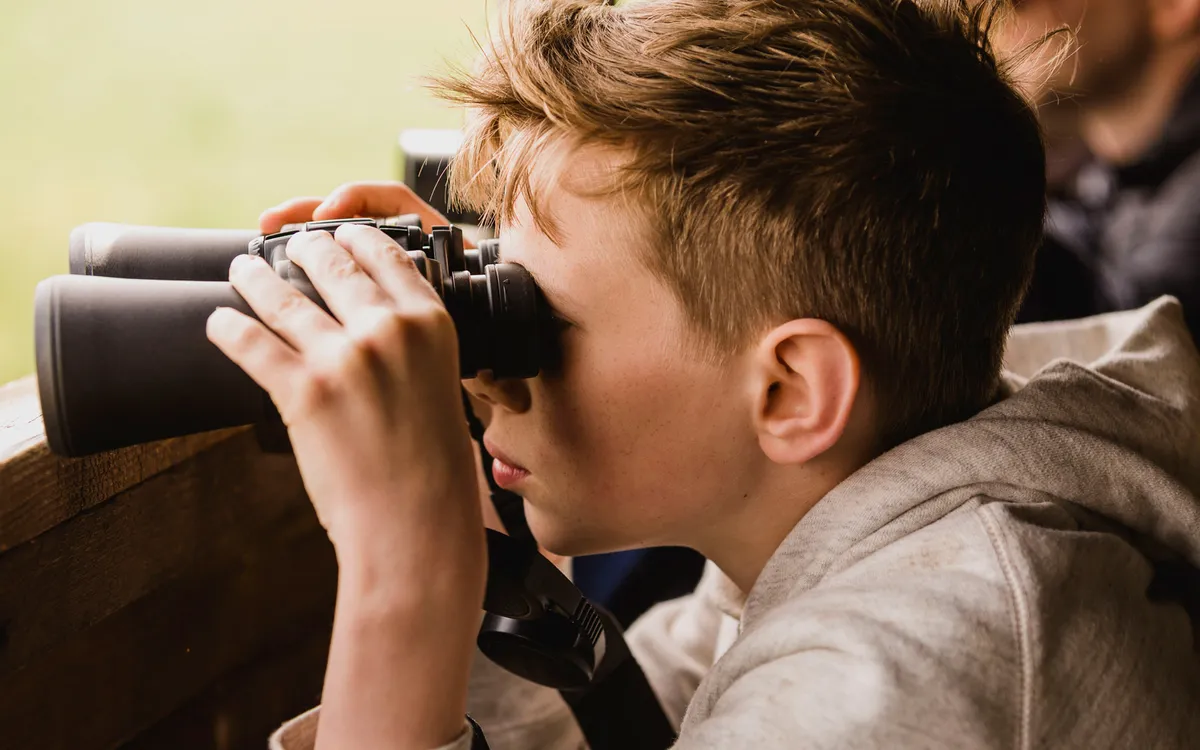
Grab your binoculars and see how many different species of birds you can spot. Bird watching can become an addictive and rewarding hobby, and no matter where you go — whether in a city, natural park, or at your home — you're almost guaranteed to see one.
- Garden bird guide: how to care for birds and what to feed different species
- Robin guide: where to see and how to attract robins to your garden
- Guide to Britain’s tit species: how to identify and where to see
- Best bird box cameras for wildlife watching
Listen to birdsong and try to identify each species
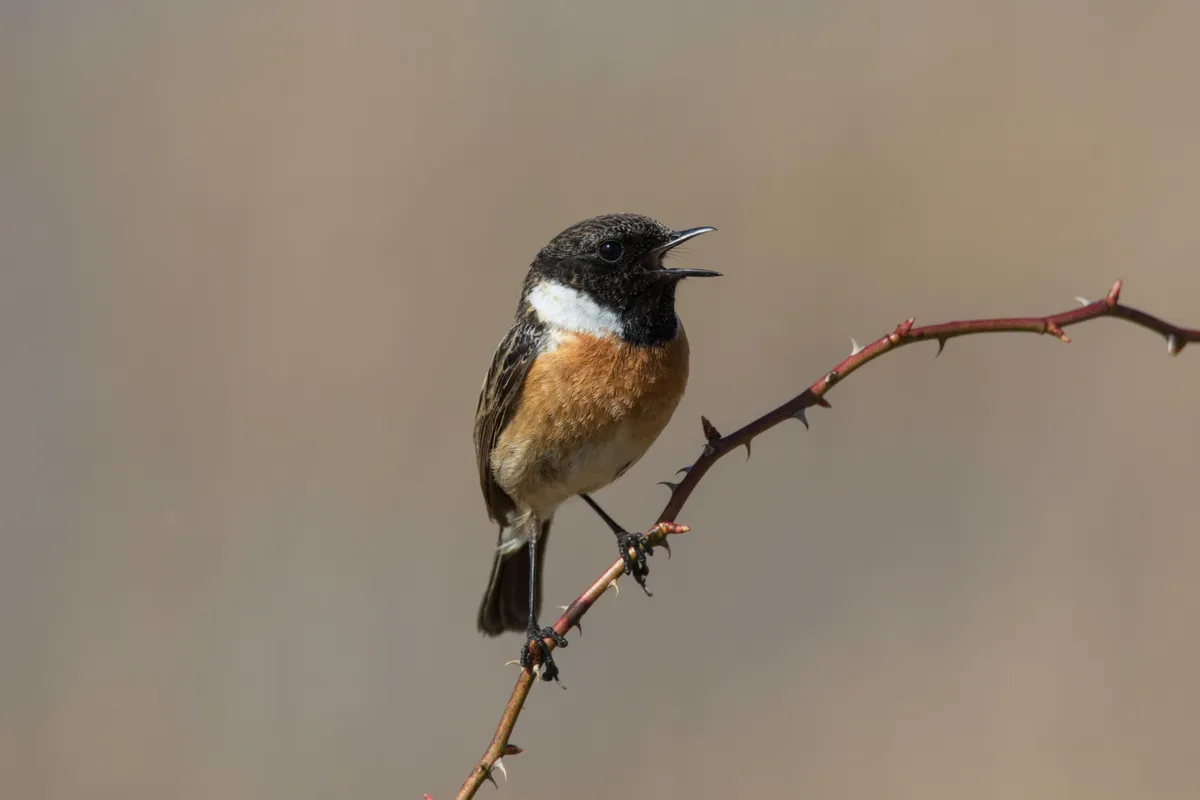
In Britain we are blessed with an incredible variety of beautiful bird song in spring. It’s mostly the male birds that sing and they do this to demonstrate how fit and healthy they are to potential mates and also tell rival males that they have secured a territory so “keep off”.
- Britain’s best songbirds: how to identify each species
- Where to see and hear skylarks
- Podcast: Relax to the dawn chorus from a West Country oak wood
Learn how to identify coastal flowers
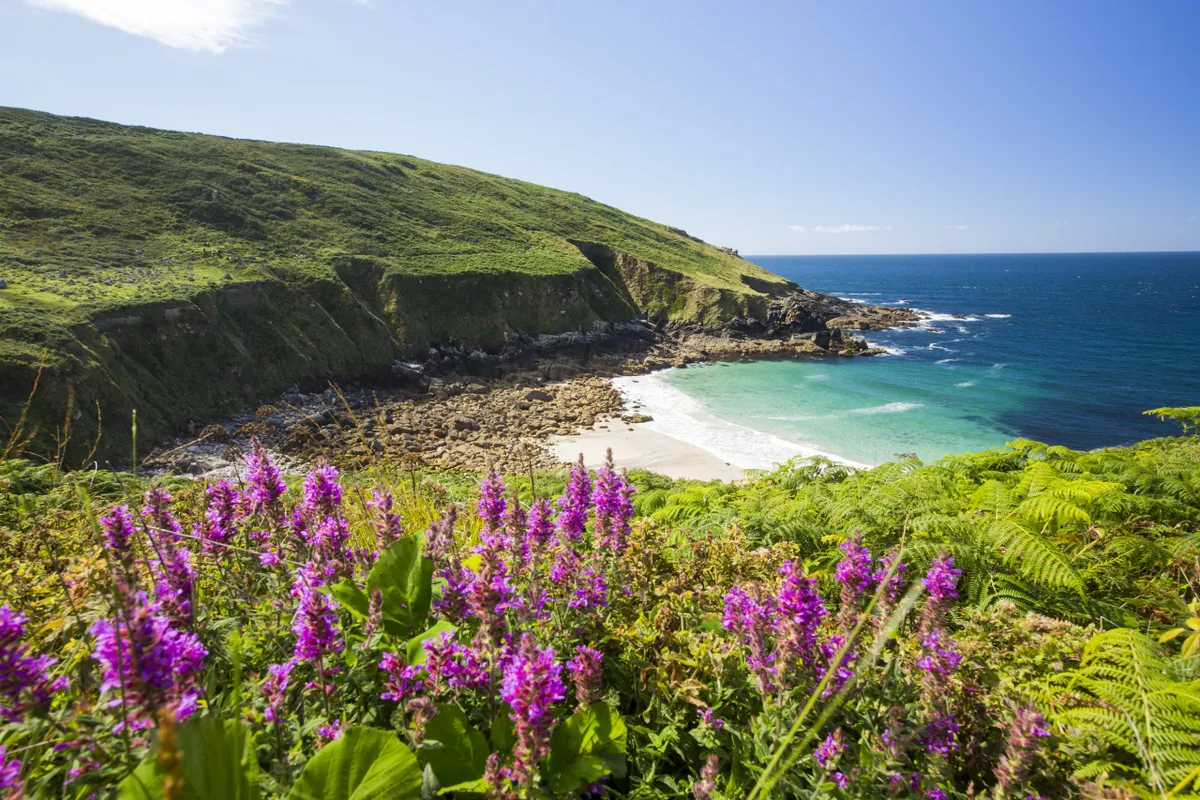
Get to know the pretty summer blooms found on our coasts, cliffs, dunes and shores with our expert guide to coastal flowers found in the UK.
- Coastal flowers guide: how to identify
- Best walks in Pembrokeshire Coast National Park
- Britain’s best coastal walks
Go for a walk in the countryside
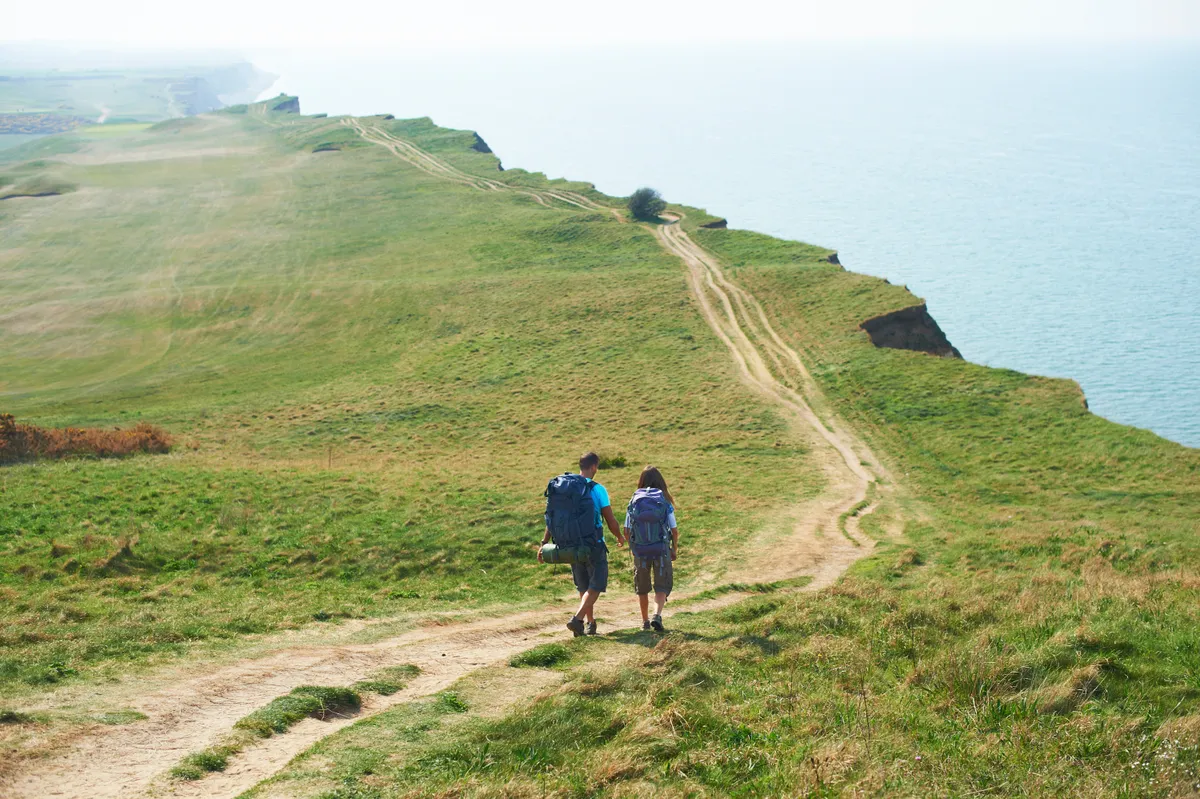
Get back to nature with a beautiful countryside walk. Walking is a great way to clear your head and explore your local landscape. With blooming flowers and buzzing wildlife, it's the perfect season to take a long walk in the countryside.
- Best summer walks in Britain
- Britain’s most beautiful river walks
- For more walking inspiration, check out our walking section
Go rockpooling
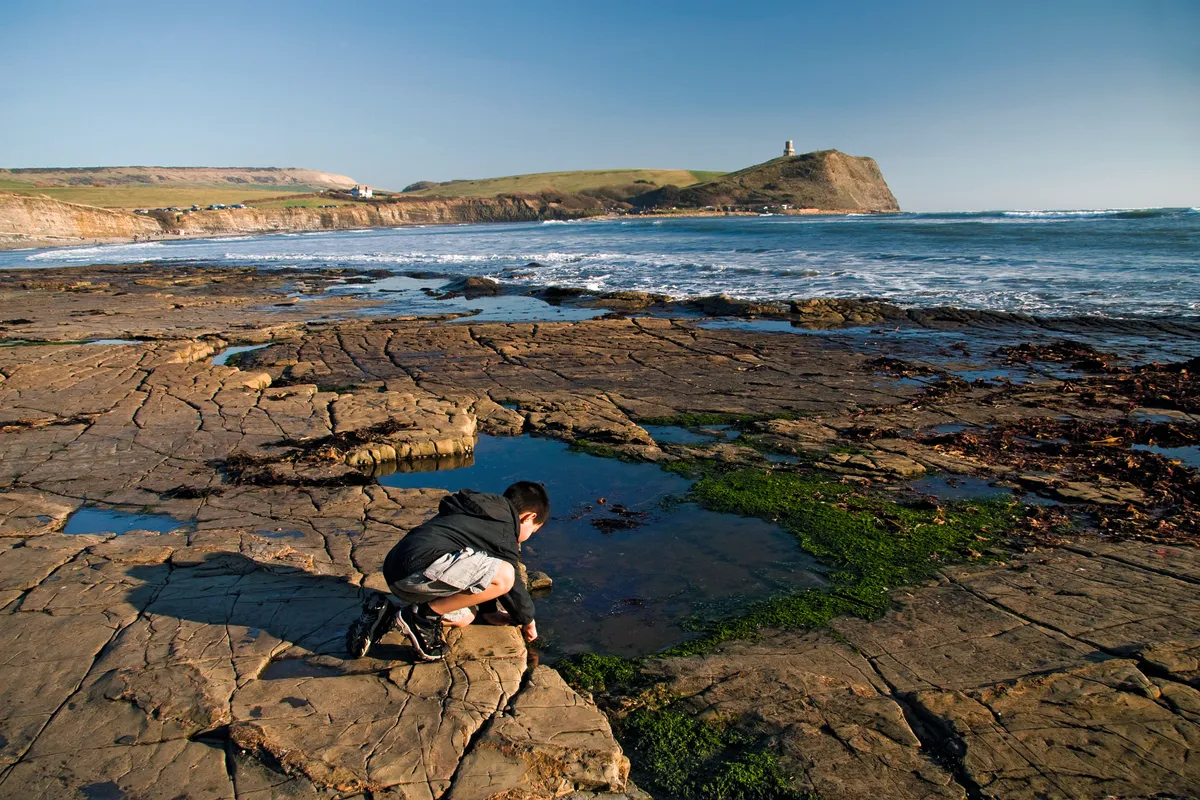
Rockpools can be great fun for kids and big kids alike, and summer is a great time of year to head to the coast and make the most of what the shoreline has to offer.
Take a look at our rockpooling guide to find all you need to know to have a successful rockpooling adventure.
Flower spot
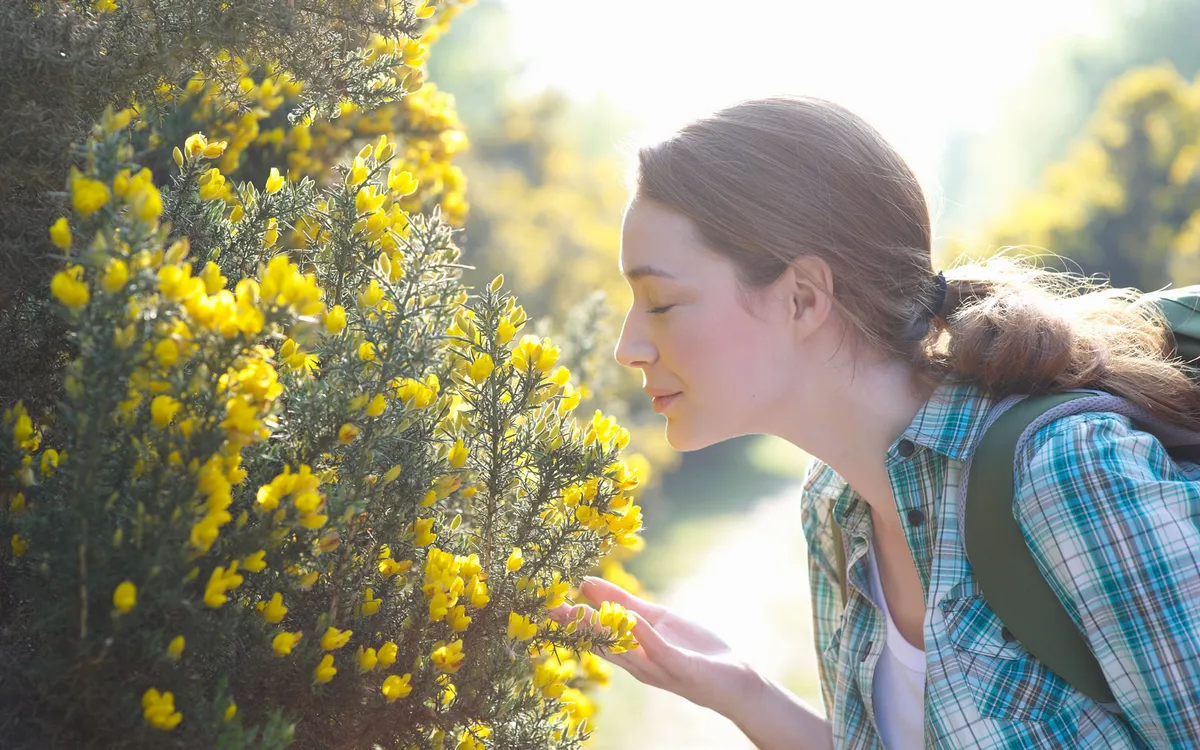
Observe your surroundings and see how many different types of flowers you can spot. You can do this in your garden, local park or if you have any nearby, country gardens are a great place to learn about local history and spot vibrant flowers.
- Garden guide: How to grow your own cut flowers
- How to make a flower press
- British seasonal wildflowers guide: how to identify, when to see and where to find them
Watch wildlife
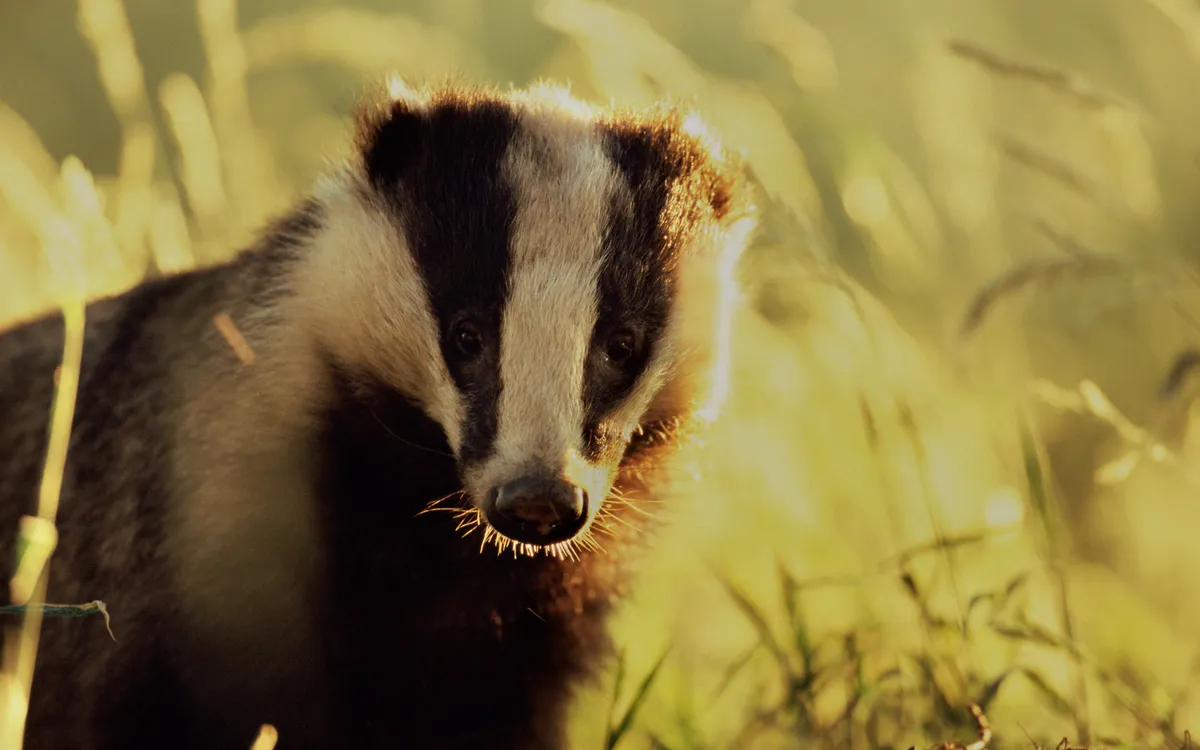
With spring well underway and temperatures warming up, there’s more wildlife to see all around us. See how many different species you can spot and enjoy seeing spring wildlife come to life.
- Guide to British butterflies: how to identify and the best places to spot
- British beetle guide: where to see and how to identify
- British bee identification guide: best plants to attract bees to your garden
Record your local wildlife

Recording the wildlife you spot in your garden or local area can help improve your wildlife knowledge, provide useful data for conservationists and be a very satisfying hobby.
Learning to record the wildlife you see and hear in the natural world can help conservationists build a bigger picture of how species are faring in your part of the country.
Why not become a wildlife recorder and help add to what we already know? You just need to remember to keep note of what you see in your garden, local park or just from your kitchen window.
- British butterfly guide: how to identify and the best places to spot
- How to record your local wildlife
Forage for your food
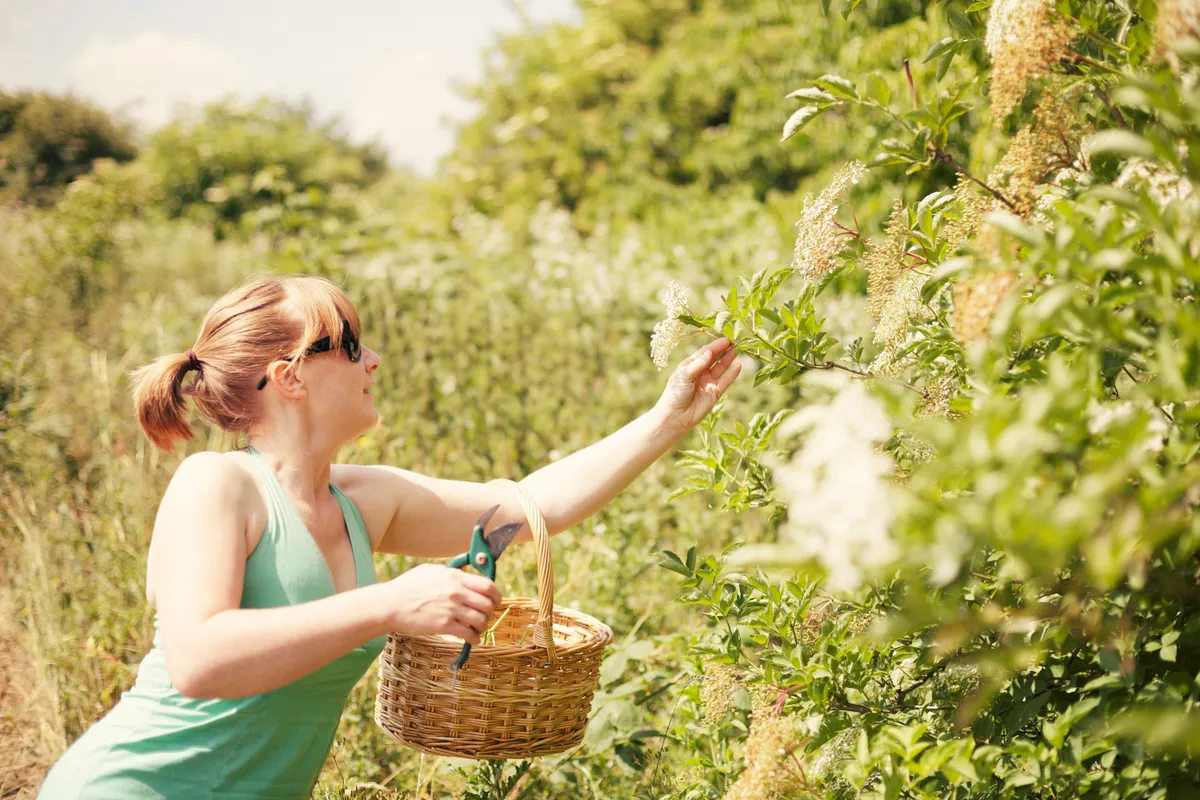
The British countryside is full of food you can safely and legally forage - provided you know what to look for. From pungent wild garlic in spring to elderflower and juicy blackberries, why not see what you can find. Searching for your next meal in the countryside will not only fill your belly, but will also increase your connection with the land. You could also try a foraging course.
N.B. Always be sure you can positively identify any plant before you pick it, and never eat anything you are unsure of. Make sure you leave plenty for wildlife (and other foragers!).
- June foraging guide: best foods to find and recipe ideas
- Dandelion guide: where to find, how to pick and recipe ideas
- Elderflower guide: where to find it, how to identify and recipe ideas
Enjoy a homemade picnic
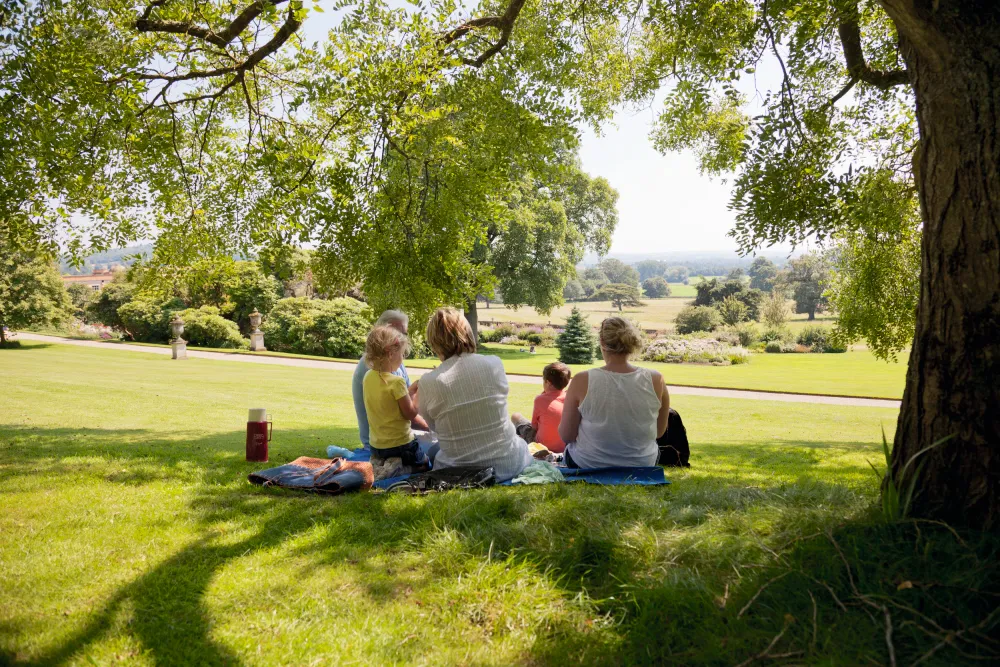
Picnicking is a great excuse to explore the countryside and relax with friends and family. No matter where you are in the country, you won't have to travel far to enjoy your food while taking in spectacular views outdoors.
- Britain’s best picnic spots
- The best picnic hampers for al fresco dining
- 8 of the best food flasks for hiking, picnicking and commuting
- Picnic essentials: 16 things to pack for the perfect picnic
Go for a bike ride
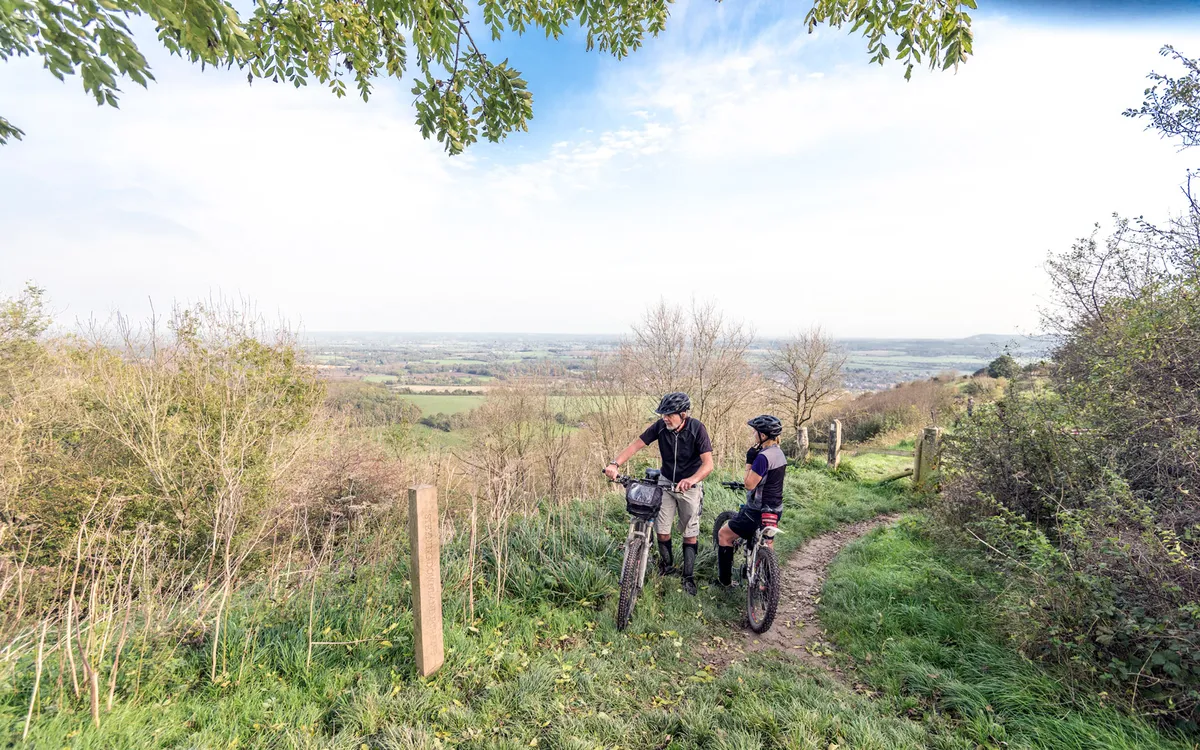
Pump up your tyres and peddle through the countryside. Cycling is a great way to reconnect with nature and get off the beaten track. Take a ride on a local cycle path, or if you're a bit more ambitious and after coronavirus restrictions have been lifted you could even take a bikepacking trip across the country.
- Best family friendly bike rides in Britain
- Bike ride: Exe Valley Way, Devon
- Bike ride: Elan Valley Trail, Powys
Take a wild swim
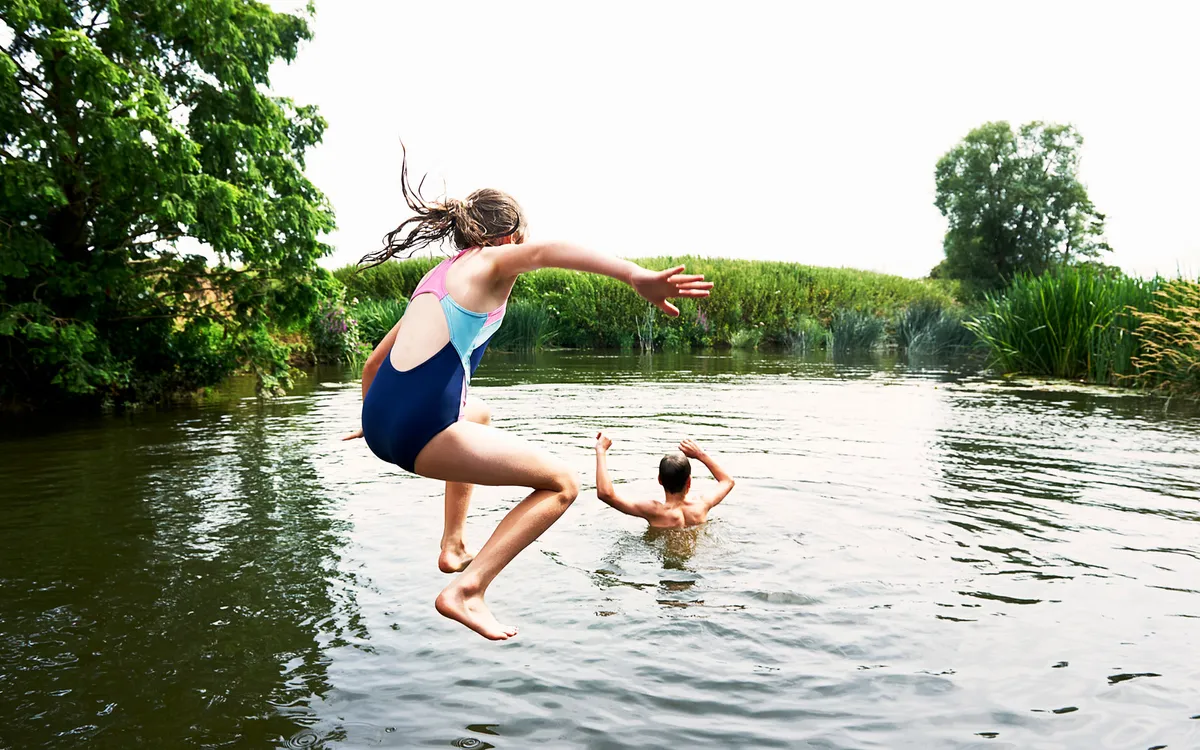
One a warm summer's day, it doesn't get much better than taking a dip in the sea, lake or river. If you live in a big city, don't be put off as there are many wild swimming spots near London.
- Wild swimming in Britain: the best places to swim, water safety and how to get started
- Britain's top 10 wild swimming spots
Sleep under the stars
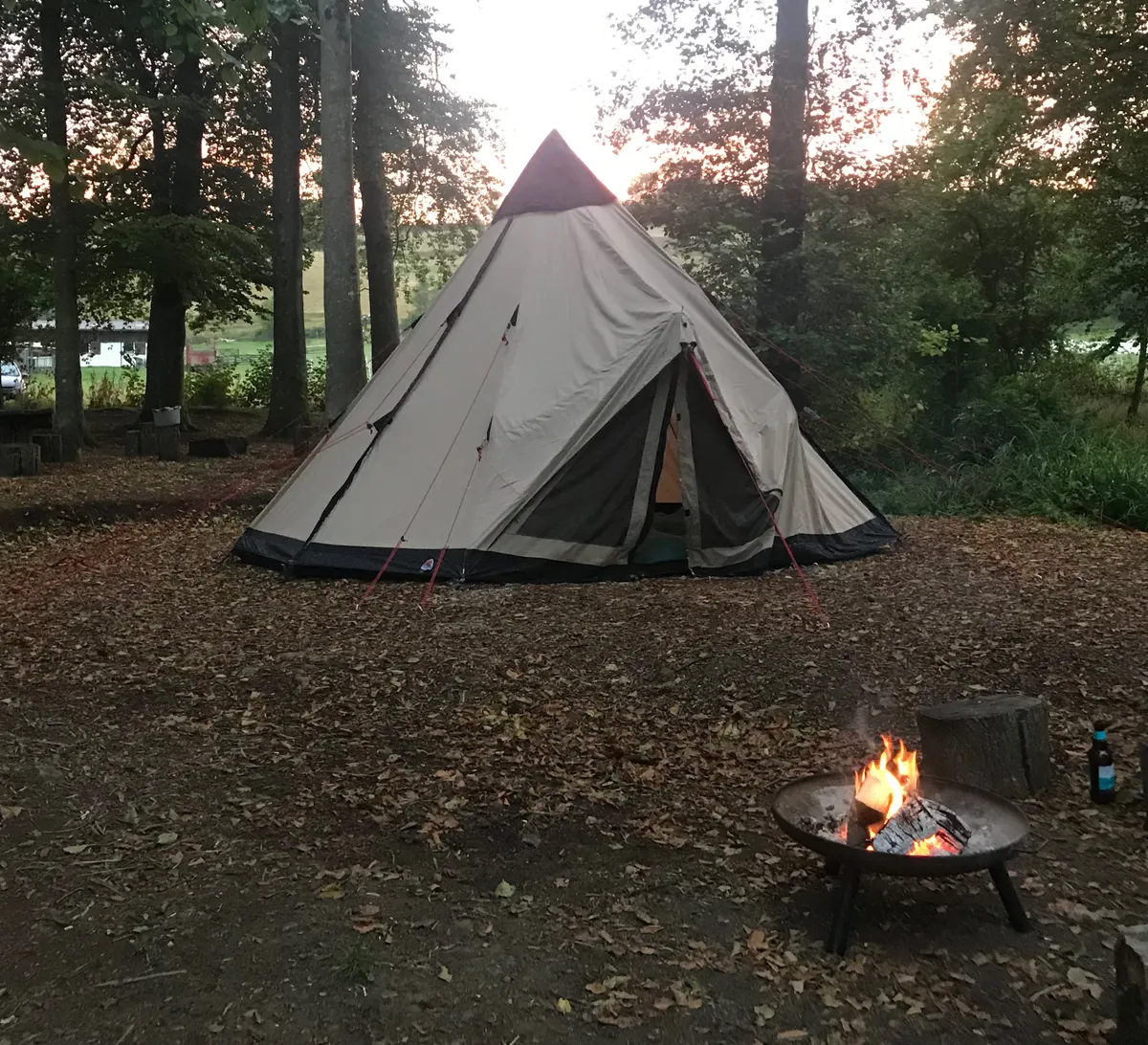
Pitch a tent and spend an evening beneath a starry night-sky, whether out in the wild, at a campsite, or even in your own back garden.
Wild camping allows you to escape the constant buzz of modern life and get back to basics. While not legal in some parts of the country, there are a number of smaller campsites in secluded locations, where you simply pitch up and savour the tranquility. Alternatively, check our some of our favourite campsites below.
- Best forest campsites in the UK in 2023
- Britain’s best beach campsites
- Britain’s best almost wild campsites
- Best family tents for camping trips in 2023
Create nature inspired arts and crafts

Doing a nature inspired craft is an activity that children and adults of all ages can enjoy. Here are some easy ideas for inspiration:
- How to make a leaf print butterfly
- How to make a mini egg box garden
- Make a stick family using natural materials
Help your garden wildlife
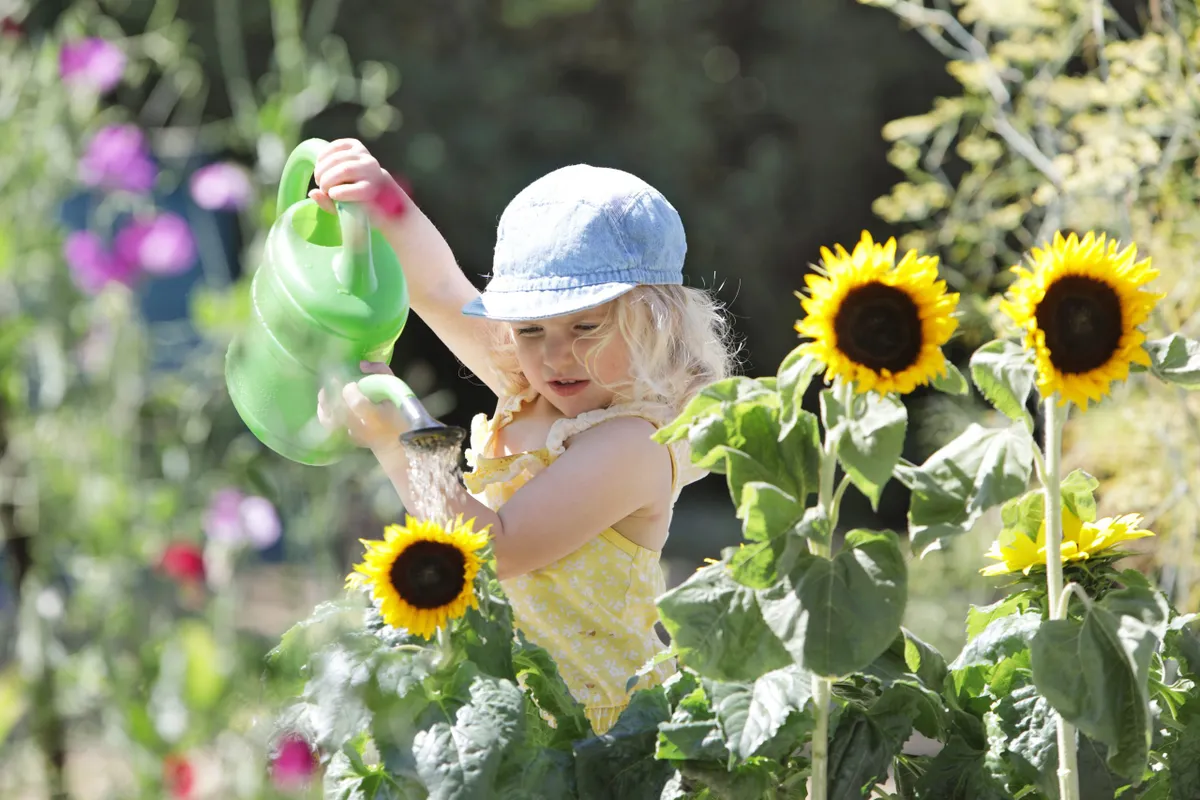
Summer is nearly here and with the warmer temperatures on the way, there’s more wildlife to see in gardens across the country. See how many different species you can spot and learn how you can make your garden more wildlife-friendly with our guides below.
- How to make your garden wildlife-friendly
- How to help wildlife during a summer heatwave
- Garden pond guide: how to look after your pond and wildlife to spot
- How to make a bee house
- British beetle guide: where to see and how to identify
Gaze at the night sky
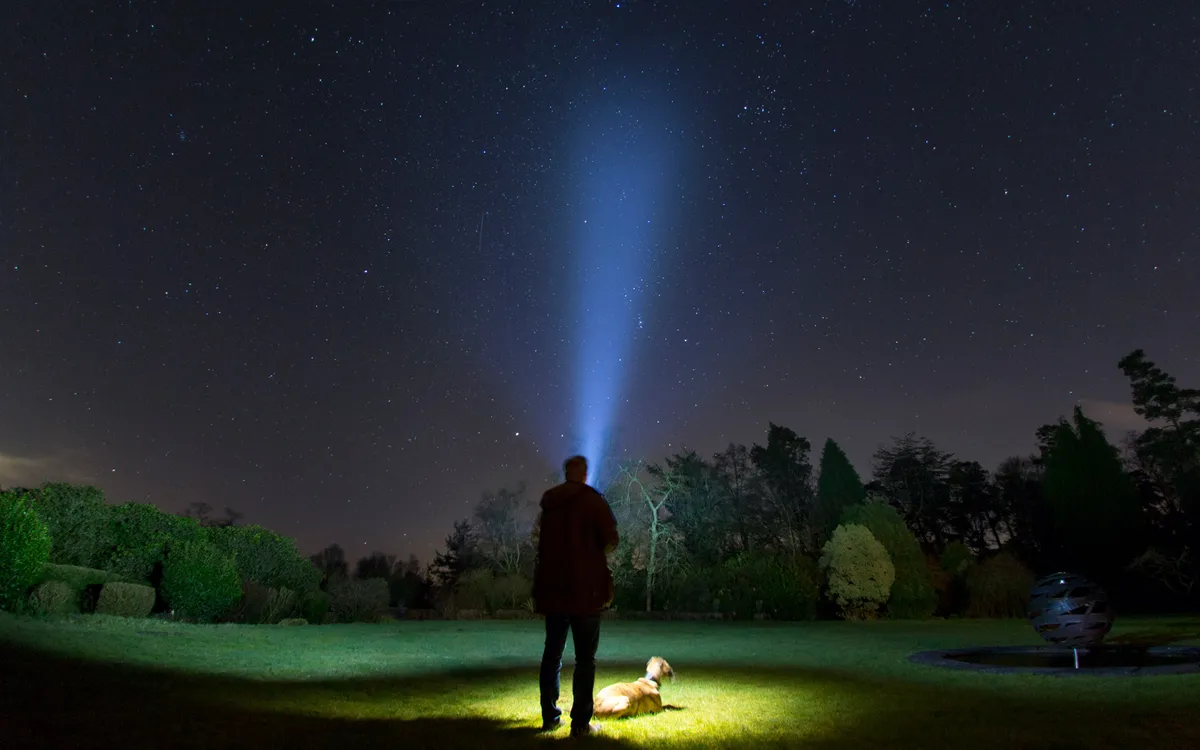
Cast your eyes to the skies and see how many different constellations you can see. Gaze at the stars from your garden, or, for a really memorable experience, head to one of Britain's national parks for stunning starry skies.
Improve your nature identification skills
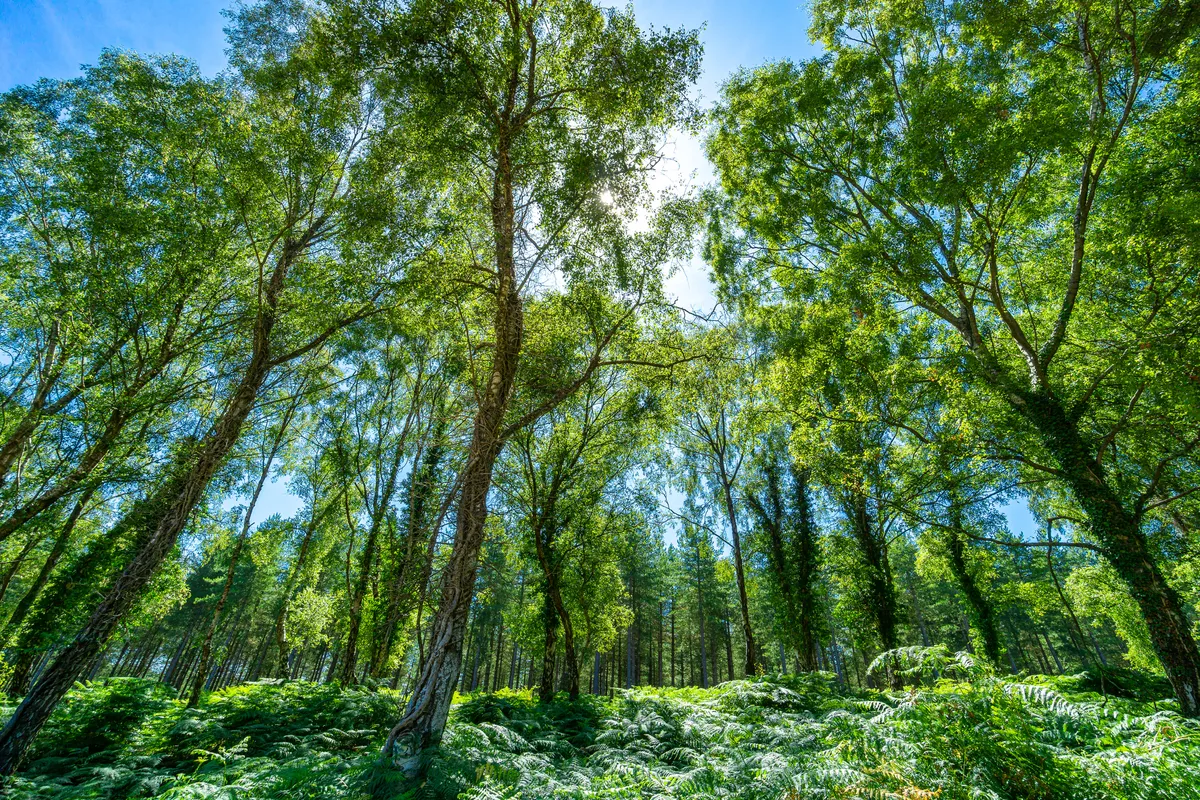
Learn how to identify local plants, insects and wildlife in your local area. You could create a journal to track your findings.
- British beetle guide: where to see and how to identify
- British tree guide: how to identify and where to find
- British seasonal wildflowers guide: how to identify, when to see and where to find them
- Guide to British butterflies: how to identify and the best places to spot
Cook a meal outdoors

It is common knowledge that any meal eaten outdoors tastes better. Try your hand at cooking outdoors over a roaring fire. Summer is the perfect season for a garden barbecue. You could even cook a meal using something you've caught in the wild or simply enjoy a meal or picnic sat outdoors.
- Best camping BBQs for grilling in the great outdoors
- Open-fire cooking tips: what to cook and how to get the best flavours
- How to make a cooking tripod
Listen to nature podcasts

Make the most of your extra spare time to listen to some of the interesting wildlife, nature and science podcasts freely available You can listen to podcasts anywhere so why not make it a wilder experience by listening outdoors.
Don't forget to tune into the BBCCountryfile Magazine 'plodcast'
In each episode of the BBC Countryfile Magazine podcast, we go on a great escape into beautiful landscapes where we look for great wildlife, explore curious historic sites, meet interesting rural people and discuss the big issues affecting the countryside.
Catch up on each season and enjoy a countryside escape
The podcast is available on Acast, iTunes, Apple Podcasts and most major podcast apps
Try butterfly surveying

Try and catch a glimpse of those fluttering wings and see how many different kinds of butterflies you can spot. You can head down to your local park, or you can make your garden butterfly-friendly and they can visit you.
- Guide to British butterflies: how to identify and the best places to spot
- How to take part in the Big Butterfly Count 2023
Capture the moment
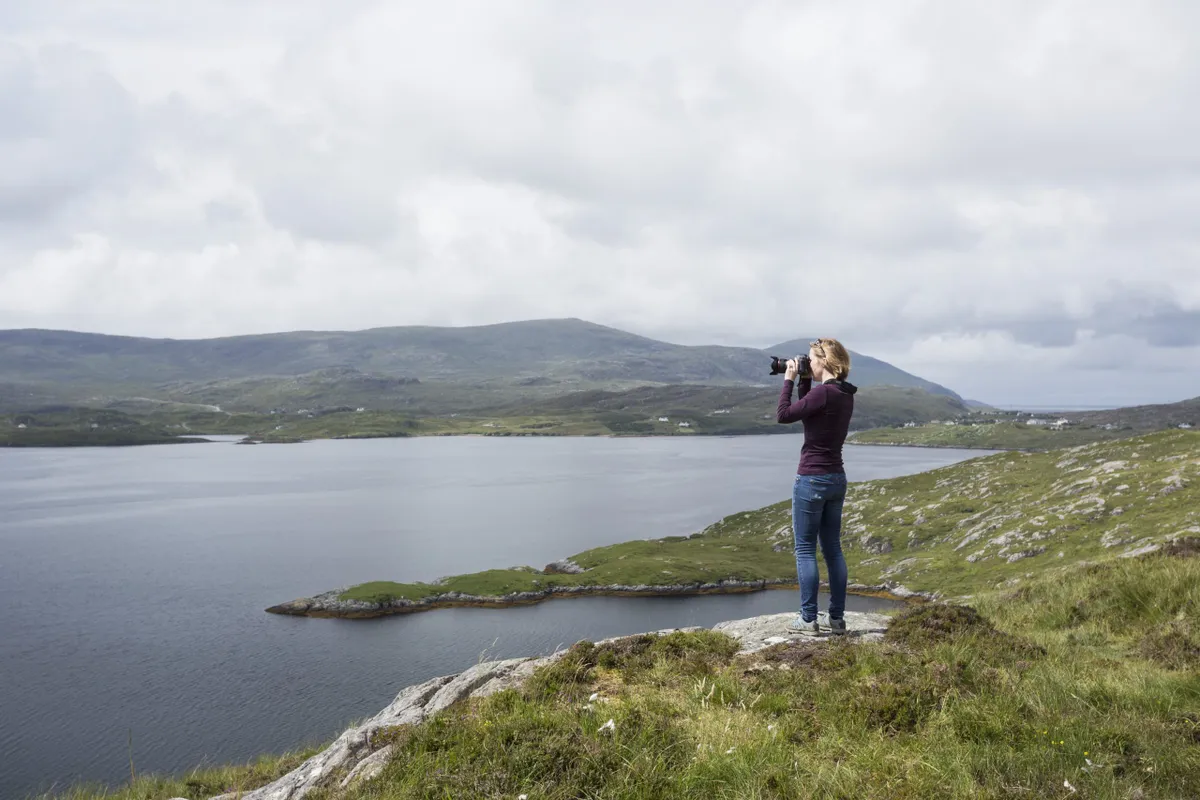
Try and snap your best picture of the outdoors, whether it be of wildlife or a landscape. Not sure where to start? Enrol on a photography course that will show you how to snap that perfect countryside shot.
If you'd like to share your photos to feature as our 'Photo of the Day', simply email photos@countryfile.com or tag your image on our social media channels.
- How to take beautiful photos of wildflowers
- How to take great outdoors photography
- How to take great photos of your pets
Sketch outdoors
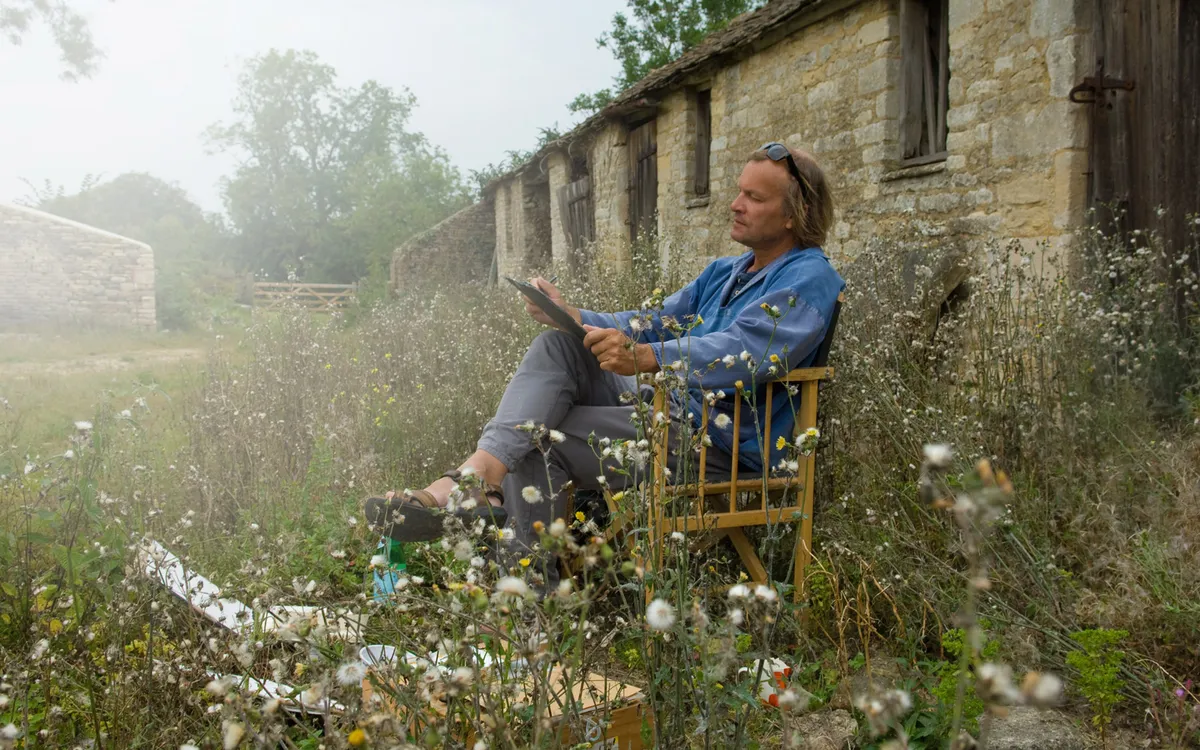
You don't need to be a professional artist to try sketching your favourite scenery. Drawing is a fantastic way to examine the local landscape and take your mind off the day-to-day stresses of normal life. Sketching feathers is a great starting point for novices.
Learn how to identify trees
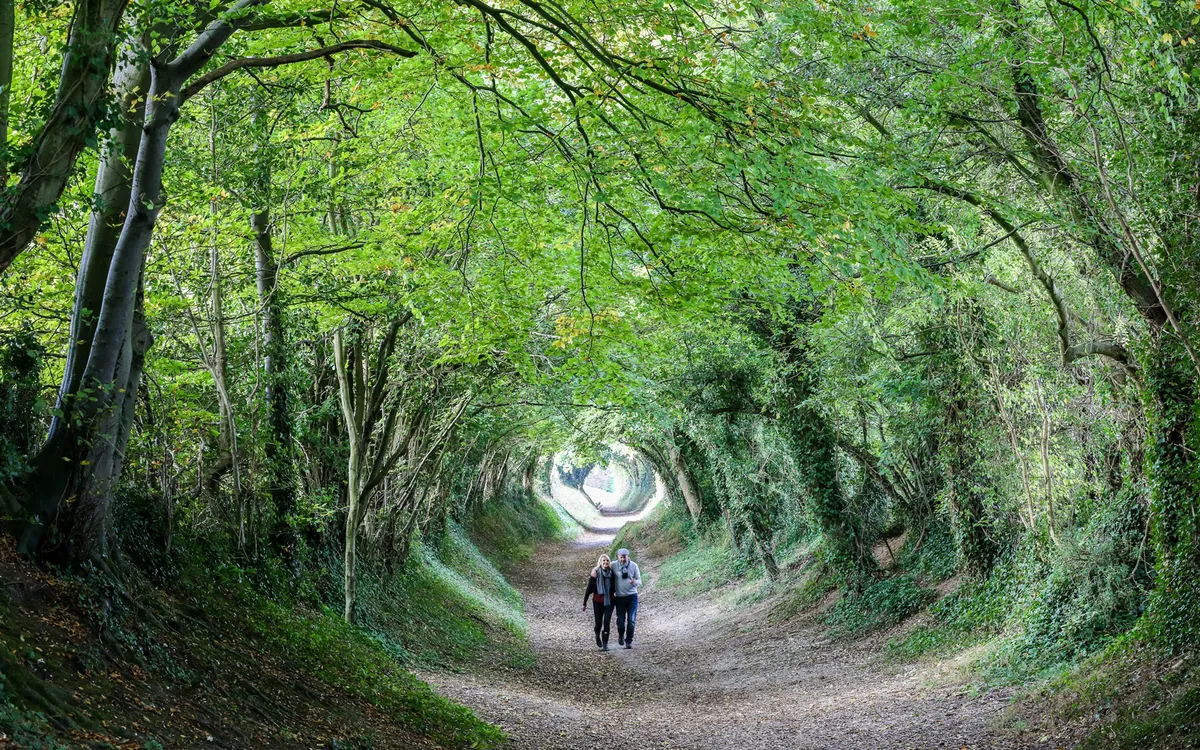
Take a stroll through the forest and examine the trees to see how many different types you can find. You might be surprised to find the number of different kinds in your local woodland. You may even see one of Britain's fascinating, famous trees.
Go geocaching
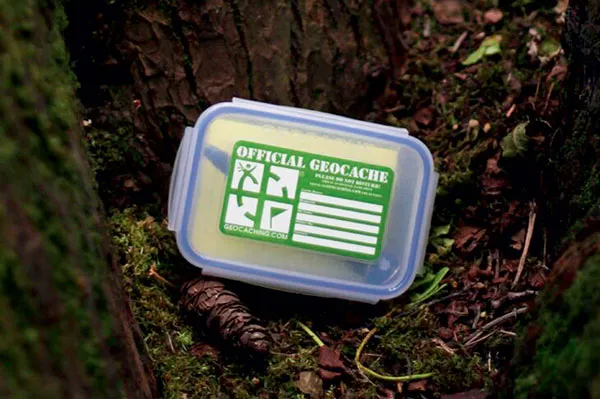
Enjoy hiking, the countryside and treasure hunting? This might be the hobby for you. Download the free app and find one of many secret geocaches hidden in the countryside.
Experience a sunrise and sunset
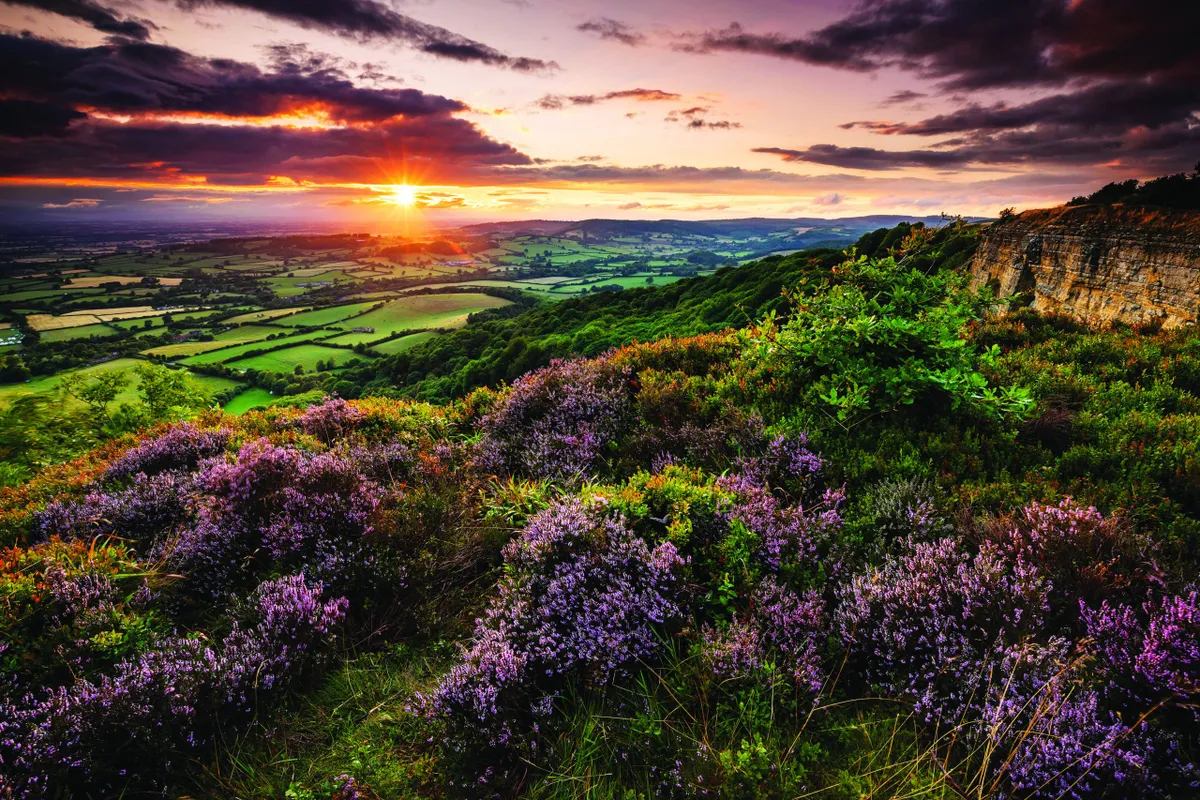
Get up early and experience sunrise, then watch it set later that evening. Wherever you are, set your alarm clocks early in June to see the Summer Solstice from your favourite local trail, park or viewing spot.
Catch up on the best nature programmes
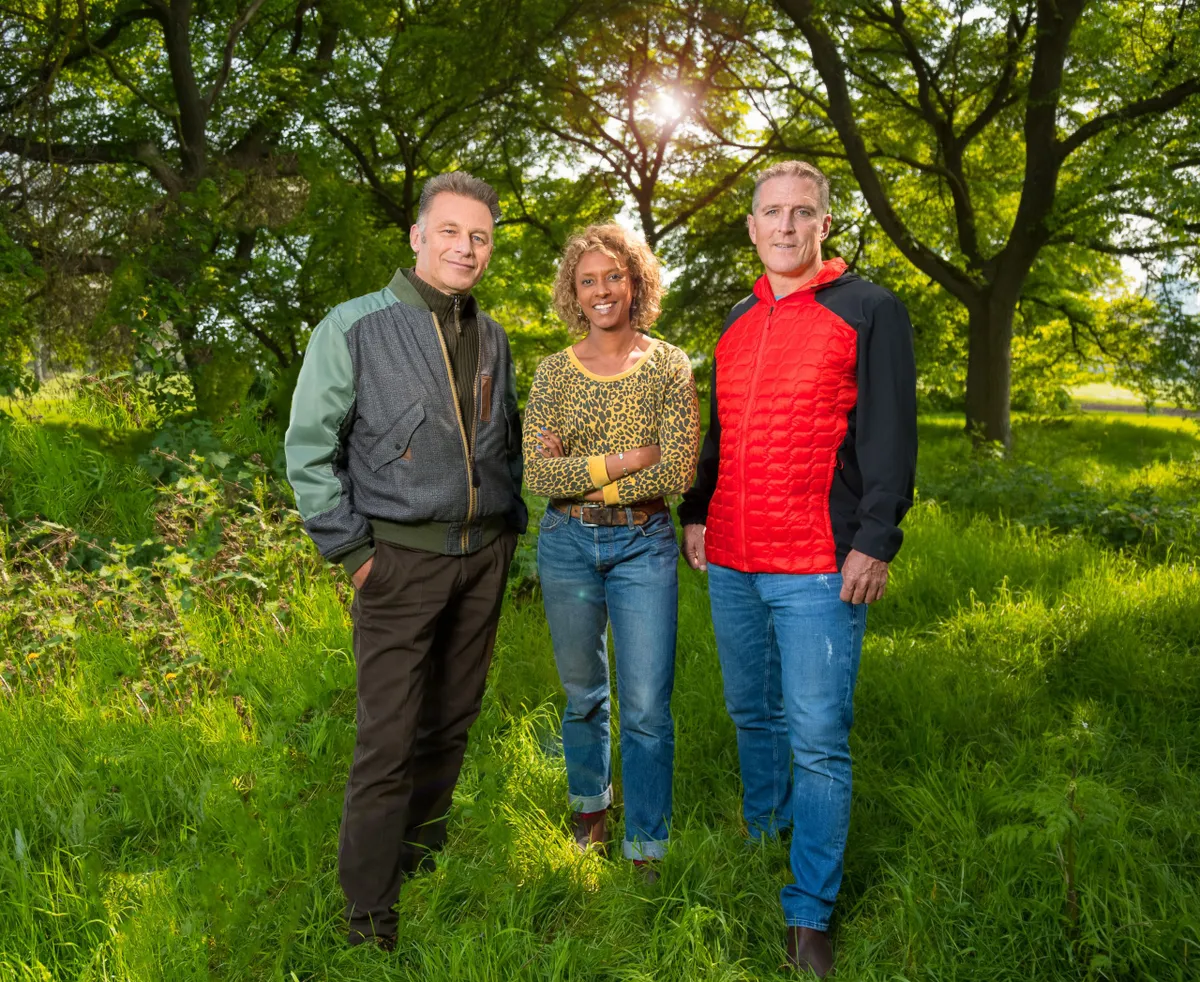
Although watching TV might not seem a particularly wild activity, for those of us with less access to the outdoors, you can still learn more about nature and find a bit of much-needed escapism with our round-up of the best countryside TV, film and radio. With programmes such as Wild Isles narrated by David Attenborough out this year, there's plenty of wildlife to enjoy from the comfort of the sofa.
- Everything you need to know about the BBC’s Wild Isles
- Where is Countryfile visiting this week and what time is it on BBC1?
Take part in a litter pick
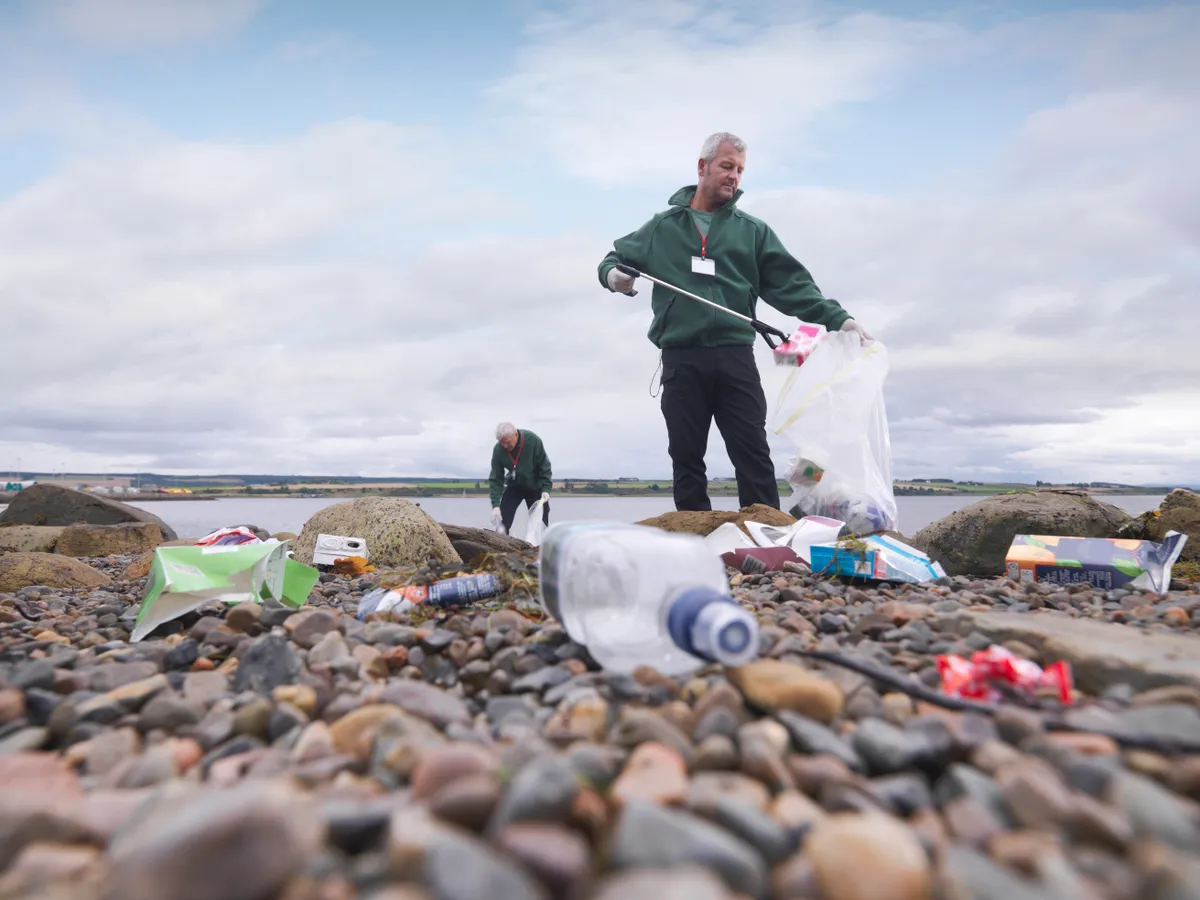
Help keep our countryside, woodlands, beaches and parks clean and free of litter by taking part in a litter pick. You could join an organised litter pick or why not organise your own and clean-up your local area?
- Britain’s growing litter problem: why is it so bad and how to take action
- Join the Great British Beach Clean 2023
Mend your outdoor gear

Rather than throwing away or buying new, why not learn how to repair your outdoor gear with our expert how to guides? From repairing a broken zipper to fixing a hole in a wetsuit, there's plenty you can do to prolong the life of your favourite kit.
Create a wildlife pond
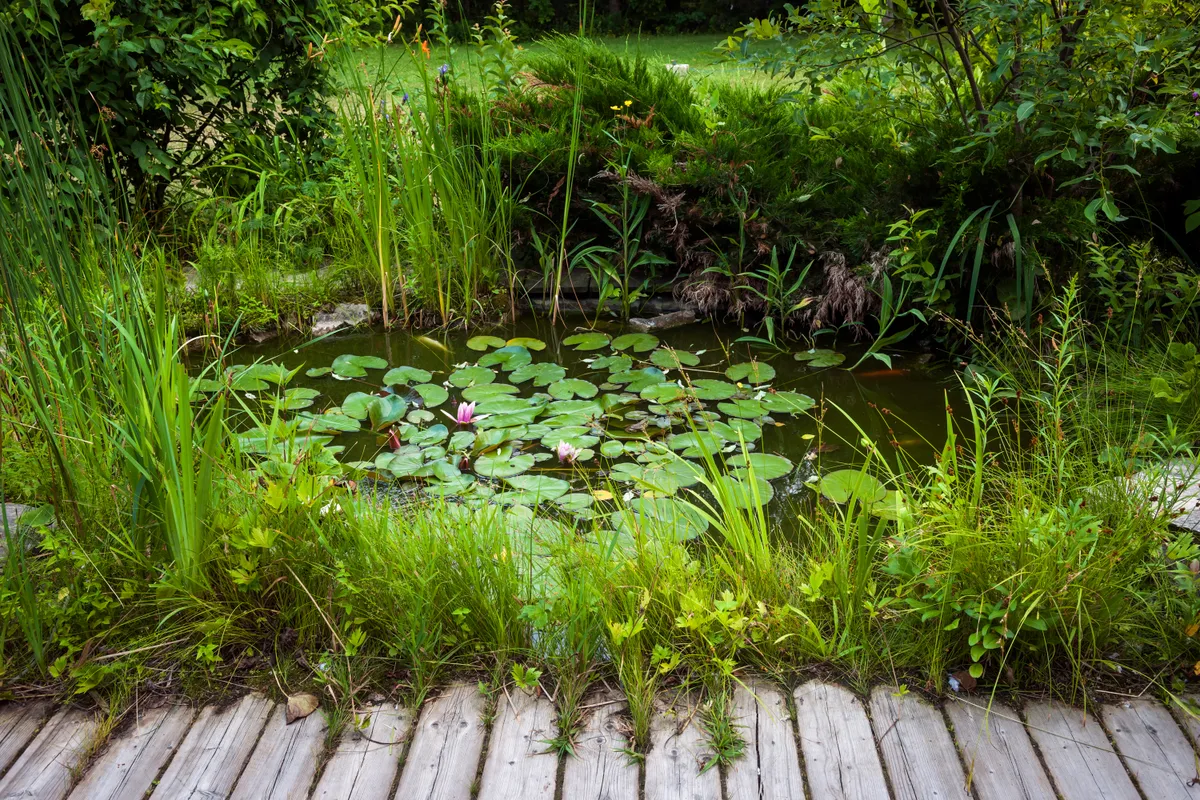
A garden pond is one of the best ways you can help Britain’s wildlife. So why not create your own? It’s surprisingly easy.
Take a mindful walk
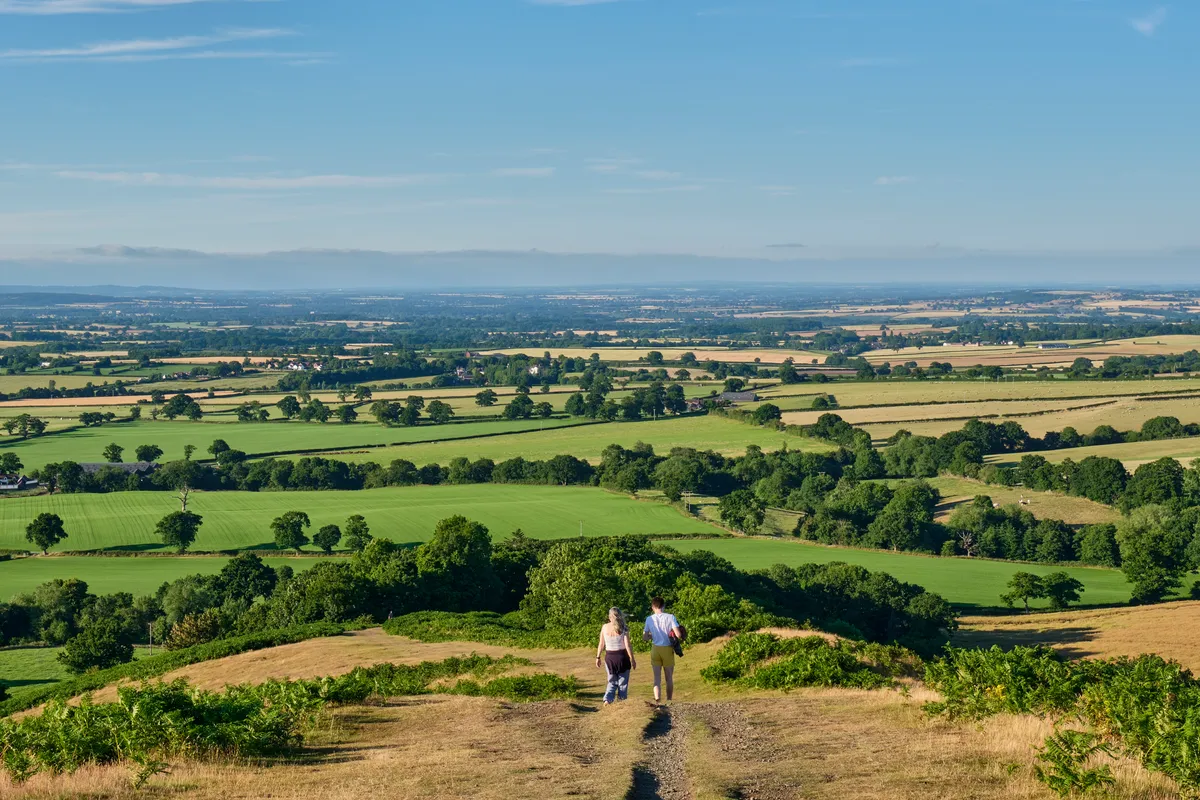
Slow down and enjoy a mindful walk in nature to celebrate the end of 30 Days Wild. Walking outside is good for our physical and mental health and June is a lovely time to experience the countryside.
